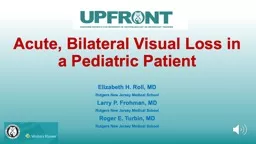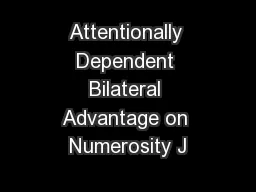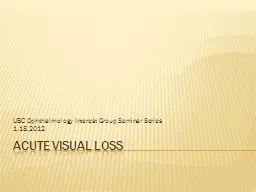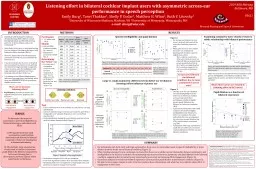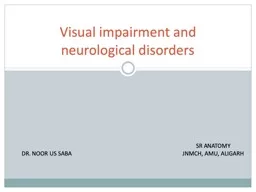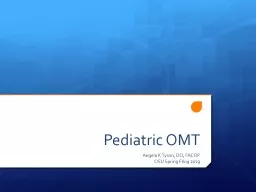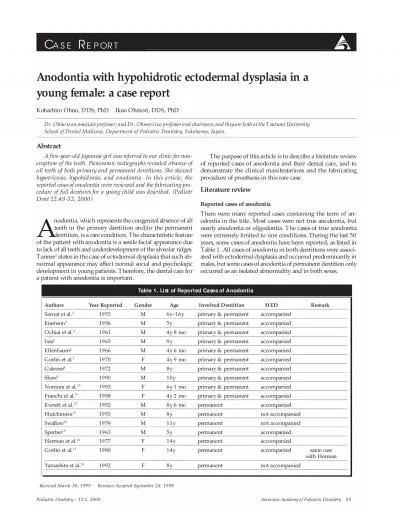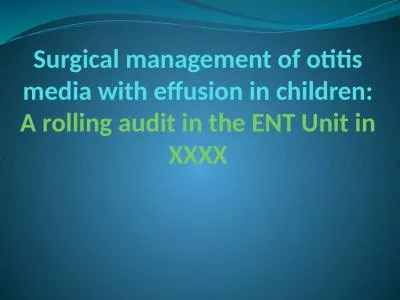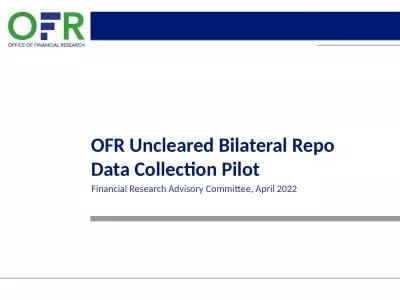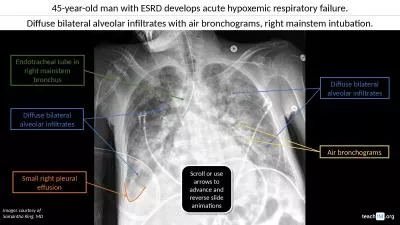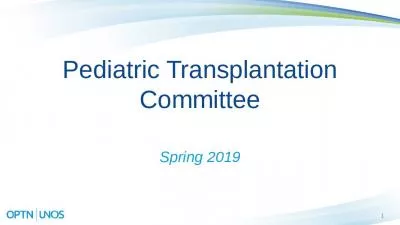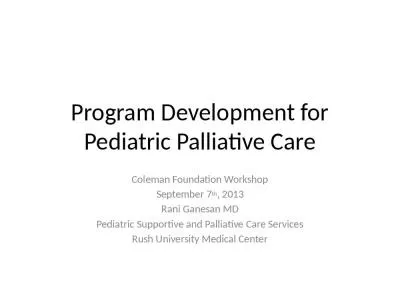PPT-Acute, Bilateral Visual Loss in a Pediatric Patient
Author : Dreamsicle | Published Date : 2022-08-01
Elizabeth H Roll MD Rutgers New Jersey Medical School Larry P Frohman MD Rutgers New Jersey Medical School Roger E Turbin MD Rutgers New Jersey Medical School
Presentation Embed Code
Download Presentation
Download Presentation The PPT/PDF document "Acute, Bilateral Visual Loss in a Pediat..." is the property of its rightful owner. Permission is granted to download and print the materials on this website for personal, non-commercial use only, and to display it on your personal computer provided you do not modify the materials and that you retain all copyright notices contained in the materials. By downloading content from our website, you accept the terms of this agreement.
Acute, Bilateral Visual Loss in a Pediatric Patient: Transcript
Download Rules Of Document
"Acute, Bilateral Visual Loss in a Pediatric Patient"The content belongs to its owner. You may download and print it for personal use, without modification, and keep all copyright notices. By downloading, you agree to these terms.
Related Documents

